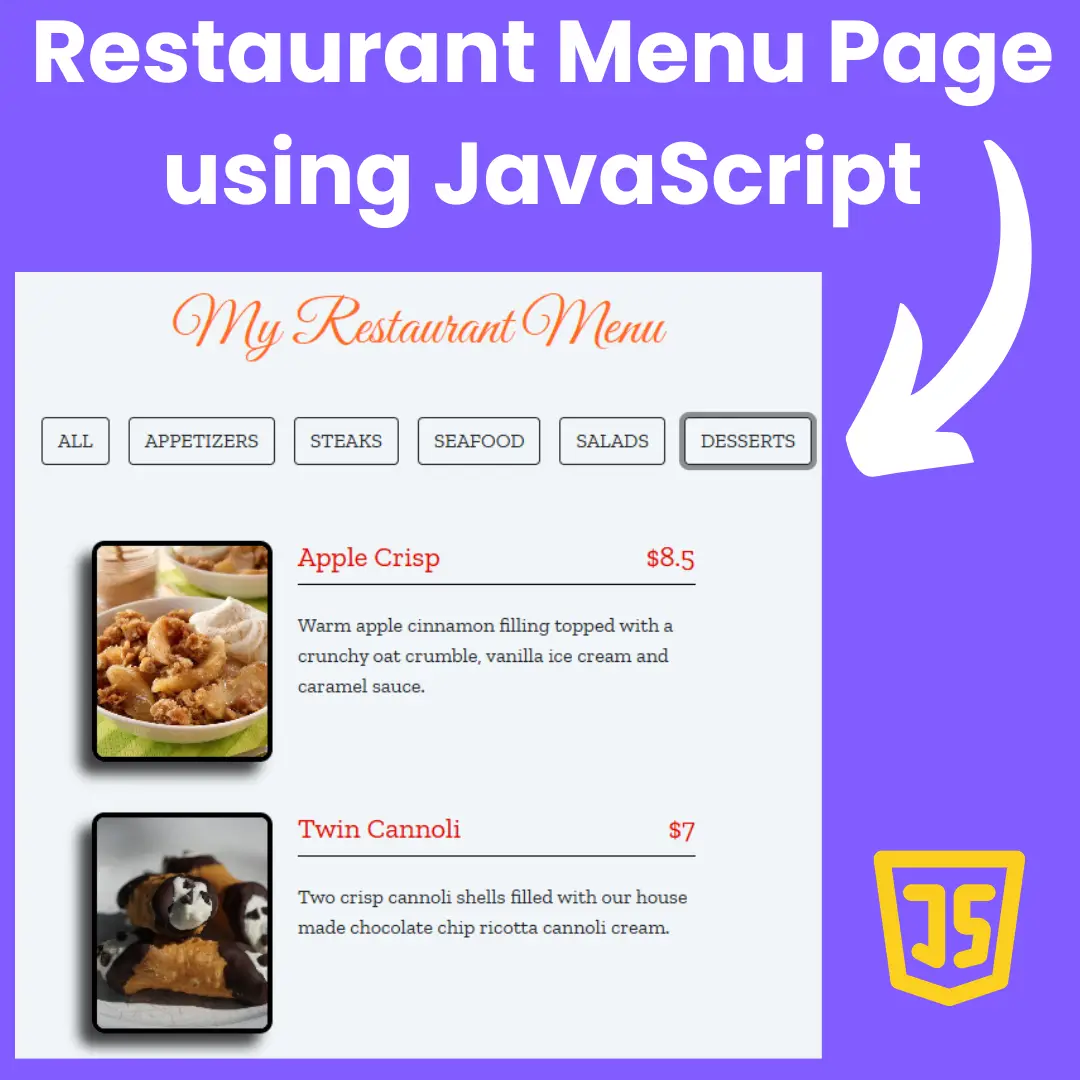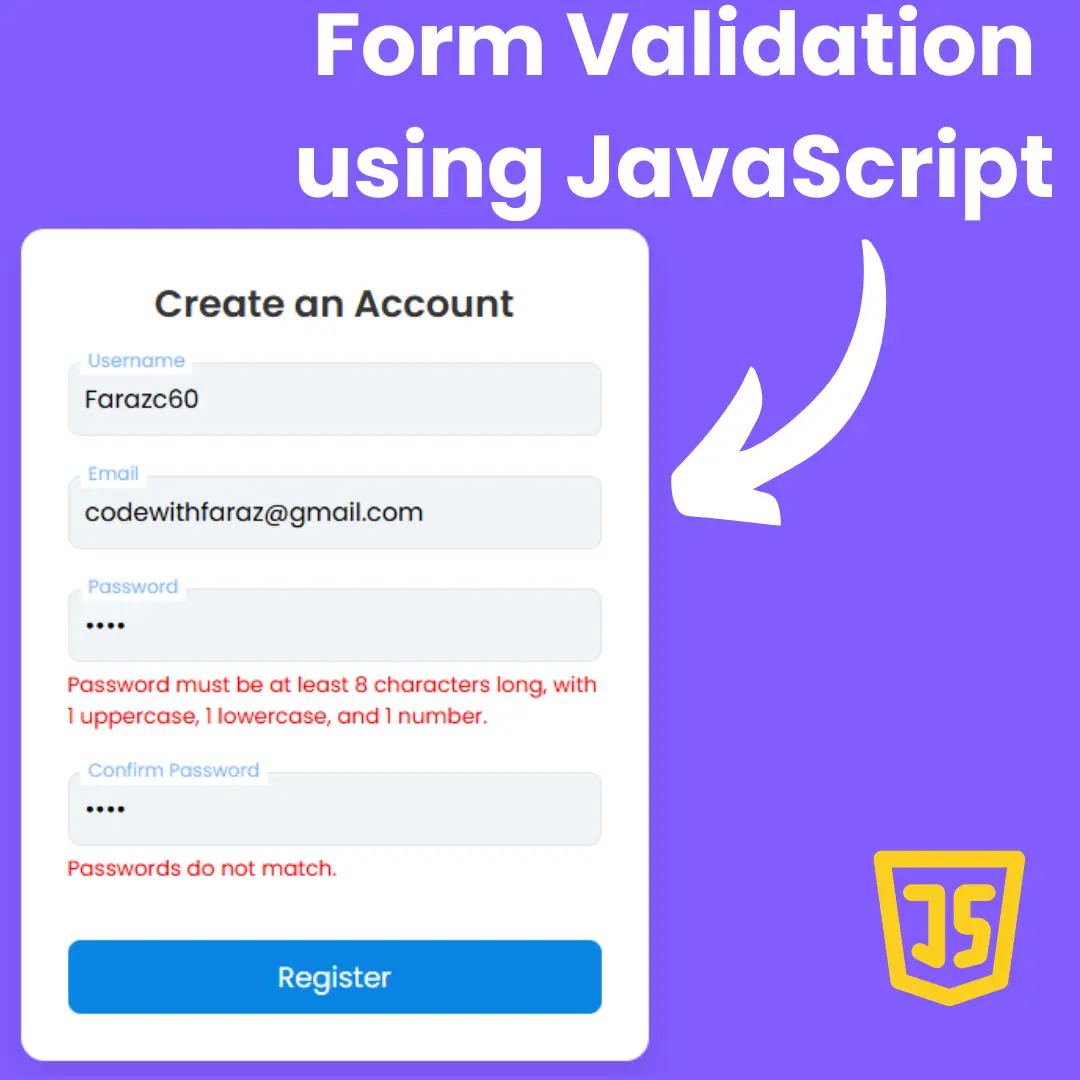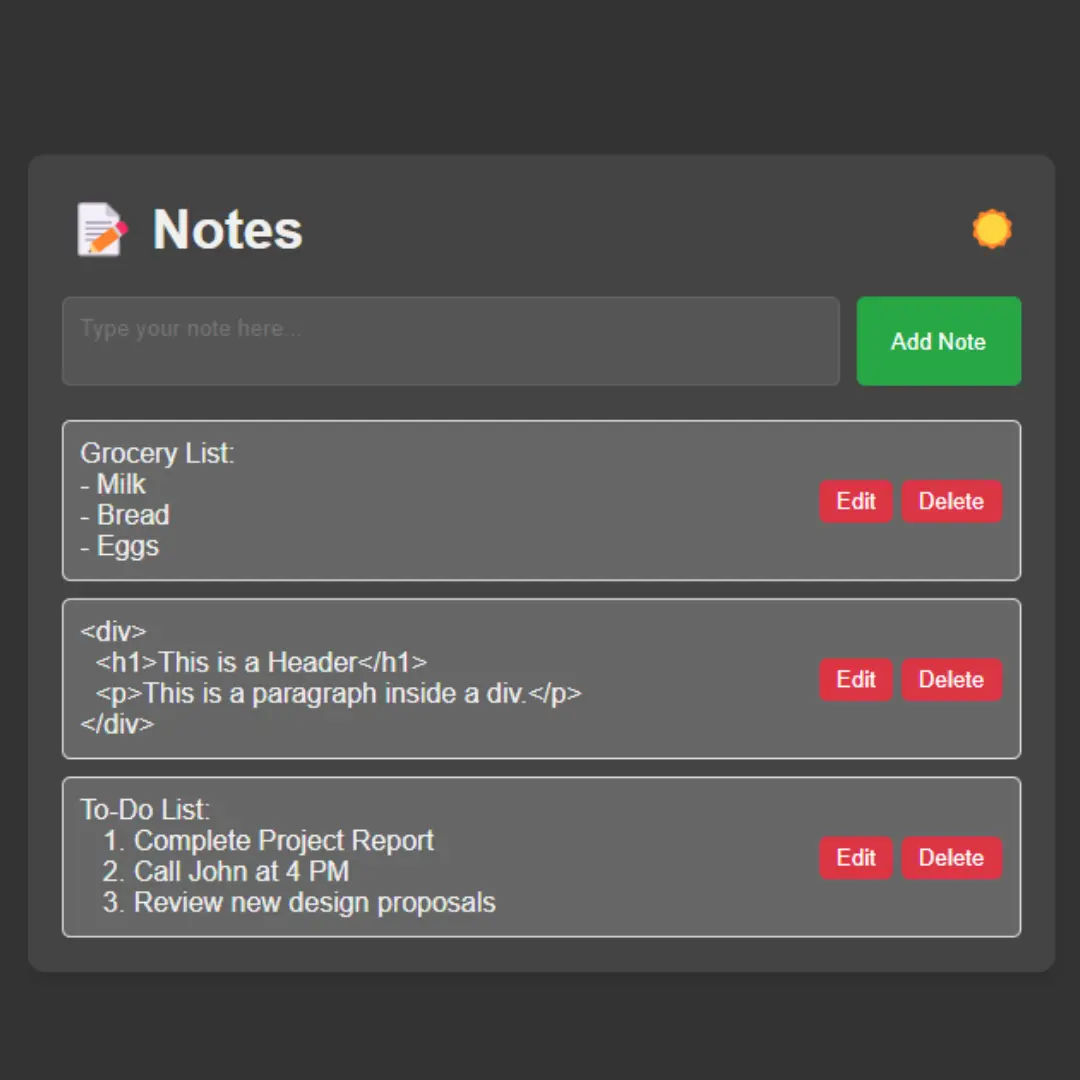Learn to design a responsive email template for customer receipts using HTML. Optimize communication and build trust in ecommerce transactions.
.webp)
Table of Contents
In today's digital age, email communication is at the forefront of marketing strategies, especially for ecommerce businesses. One crucial aspect of email marketing is the design of responsive email templates. These templates are essential for ensuring that your emails are easily accessible and visually appealing across various devices, including desktops, laptops, smartphones, and tablets. In this guide, we'll delve into the importance of responsive email templates, particularly focusing on their role in crafting customer receipt emails. We'll explore the design principles, technical aspects, and optimization strategies involved in creating effective HTML email templates for customer receipts. By the end of this guide, you'll be equipped with the knowledge and tools to enhance your customer experience through well-designed and responsive email receipts. Let's dive in!
Source Code
Step 1 (HTML Code):
HTML is the standard markup language used for designing and structuring web content, including email templates. When implementing HTML in email design, use inline styles for better compatibility across email clients. Test the email template across various devices and email clients to ensure that it displays correctly and is functional.
Let's break down the code step by step:
1. <!DOCTYPE html>: This declaration defines the document type and version of HTML being used, in this case, HTML5.
2. <html lang="en" xmlns:v="urn:schemas-microsoft-com:vml" xmlns:o="urn:schemas-microsoft-com:office:office">: This opening tag defines the root element of the HTML document. It specifies the language of the document as English ("en") and includes two XML namespaces for compatibility with Microsoft's Vector Markup Language (VML) and Office Open XML.
3. <head>: This section contains metadata about the document, such as character encoding, viewport settings, and title.
- <meta charset="utf8">: This meta tag specifies the character encoding for the document as UTF-8, which supports a wide range of characters and languages.
- <meta http-equiv="x-ua-compatible" content="ie=edge">: This meta tag tells Internet Explorer to use the latest rendering engine available.
- <meta name="viewport" content="width=device-width,initial-scale=1">: This meta tag sets the viewport width to the device's width and sets the initial scale to 1, ensuring proper rendering on mobile devices.
- <meta name="x-apple-disable-message-reformatting">: This meta tag disables automatic reformatting of email messages by Apple Mail.
- <title>Your reservation is now confirmed</title>: This sets the title of the HTML document to "Your reservation is now confirmed".
- <link href="https://fonts.googleapis.com/css?family=Roboto" rel="stylesheet">: This link tag imports the Roboto font from Google Fonts to be used in the document.
- <style>: This section contains CSS styles for the document.
4. <body>: This section contains the content of the HTML document.
- <div style="display: none; line-height: 0; font-size: 0;">... </div>: This div contains hidden content. It's used for email purposes, to provide a fallback text for email clients that don't support HTML.
- <table class="wrapper all-font-sans" width="100%" height="100%" cellpadding="0" cellspacing="0" role="presentation">: This table serves as a wrapper for the content and sets the font to sans-serif.
- <tr>: This tag starts a table row.
- <td align="center" style="padding: 24px;" width="100%">: This table cell aligns its content to the center and sets padding. It spans the full width of its container.
- Within this cell, there's another table (<table class="sm-w-full" width="600" cellpadding="0" cellspacing="0" role="presentation">) that contains the main content of the page. It has a fixed width of 600 pixels and spans the full width of its container.
- The content within this table includes a header image, a section for customer receipt information, and various tables for displaying details such as guest information, reservation dates, and pricing.
- Throughout the HTML, there are several inline styles (style="...") applied to elements to control their appearance, such as padding, font styles, colors, and alignment.
- Media queries (@media) are used to apply different styles based on the screen width. This ensures that the layout is responsive and adapts to different screen sizes, particularly for screens narrower than 600 pixels.
- The document structure follows best practices for email HTML, utilizing tables for layout and inline styles for consistent rendering across different email clients.
Step 2 (CSS Code):
No custom CSS
Built in Maizzle, with Tailwind CSS.
https://maizzle.com
Original design by @_hiskie
https://dribbble.com/shots/3081118-Email-Receipt-Daily-UI-017 Final Output:
.gif)
Conclusion:
In conclusion, crafting responsive email templates for customer receipts is a critical aspect of modern email marketing strategies, especially for e-commerce businesses. These templates not only confirm transactions but also play a vital role in building trust and enhancing the overall customer experience. By following the best practices outlined in this guide, including designing with simplicity and clarity, implementing HTML code effectively, and testing across various devices and email clients, you can create email receipts that are not only visually appealing but also functional and engaging. Remember, the goal is to provide your customers with a seamless and enjoyable experience from the moment they purchase the receipt of their order confirmation. With the insights gained from this guide, you're well on your way to achieving that goal and maximizing the effectiveness of your email marketing efforts. Start implementing these strategies today and watch as your customer satisfaction and loyalty soar.
Code by: Maizzle
That’s a wrap!
I hope you enjoyed this post. Now, with these examples, you can create your own amazing page.
Did you like it? Let me know in the comments below 🔥 and you can support me by buying me a coffee
And don’t forget to sign up to our email newsletter so you can get useful content like this sent right to your inbox!
Thanks!
Faraz 😊



























